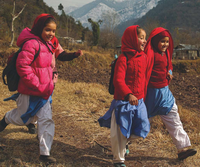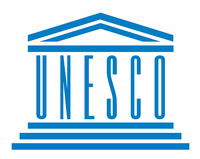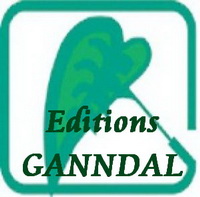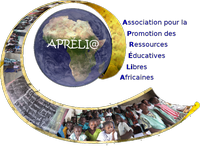 Source : UNESCO
Source : UNESCO
Introduction
The COVID-19 pandemic has caused the largest disruption of education in history. Most governments around the world have temporarily closed schools and other learning spaces in recent months in an attempt to contain the spread of the virus. At the peak of the pandemic in April 2020, these nationwide closures impacted more than 1.5 billion students, or over 90% of the world’s student population, from pre-primary to higher education in 200 countries.
This unprecedented disruption to education has the potential to roll back substantial gains made on girls’ education in recent decades, with broader immediate and longer-term effects on the achievement of the Sustainable Development Goals, including those related to poverty reduction, health and well-being, inclusive quality education and gender equality. The most marginalised, including girls with disabilities, those in conflict-affected contexts, remote and rural communities and those in the poorest quintile, are expected to be most affected by COVID-related school closures, facing additional constraints on their ability to fulfil their right to education, health and protection, among other rights.
As some schools and education institutions around the world have reopened and others are preparing to do so, governments, education sector officials, community leaders, teachers and school staff should see this as an opportunity to build back equal, through gender-responsive measures that transform education systems, prioritise resilience and address the key bottlenecks and barriers to girls’ education.
Who is the guide for?
This guide has been developed for policymakers and practitioners in Ministries of Education, including those directly involved in the planning and delivery of formal and non-formal education, from pre-primary through higher education. Local Education Groups (LEGs), education and refugee education clusters and education in emergency working groups involved in COVID response planning may also find this of value, as would professional associations, youth-led and youth-serving organizations, girls and women’s rights groups, parents’ organizations, civil society organizations, development and private sector partners supporting all learners’ right to education. Finally, the guide may also be valuable for national stakeholders in health, adolescents and youth, child protection, safe schools, and the water, sanitation and hygiene (WASH) sectors who cooperate with the education sector for broader development outcomes.
Download the guide (pdf, 827 Ko)




